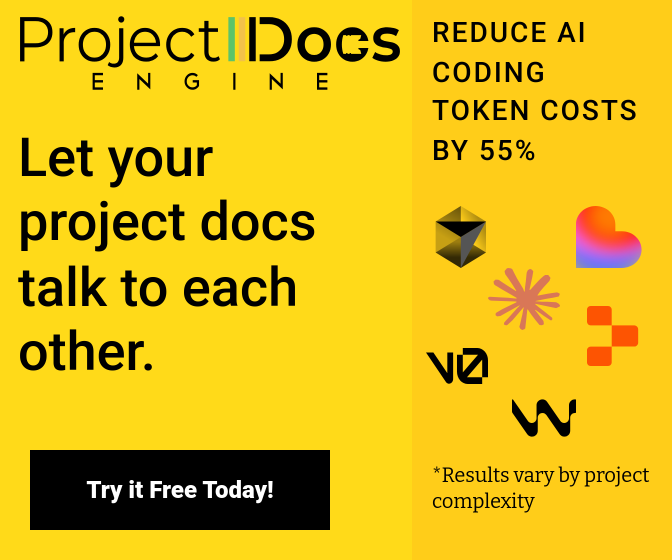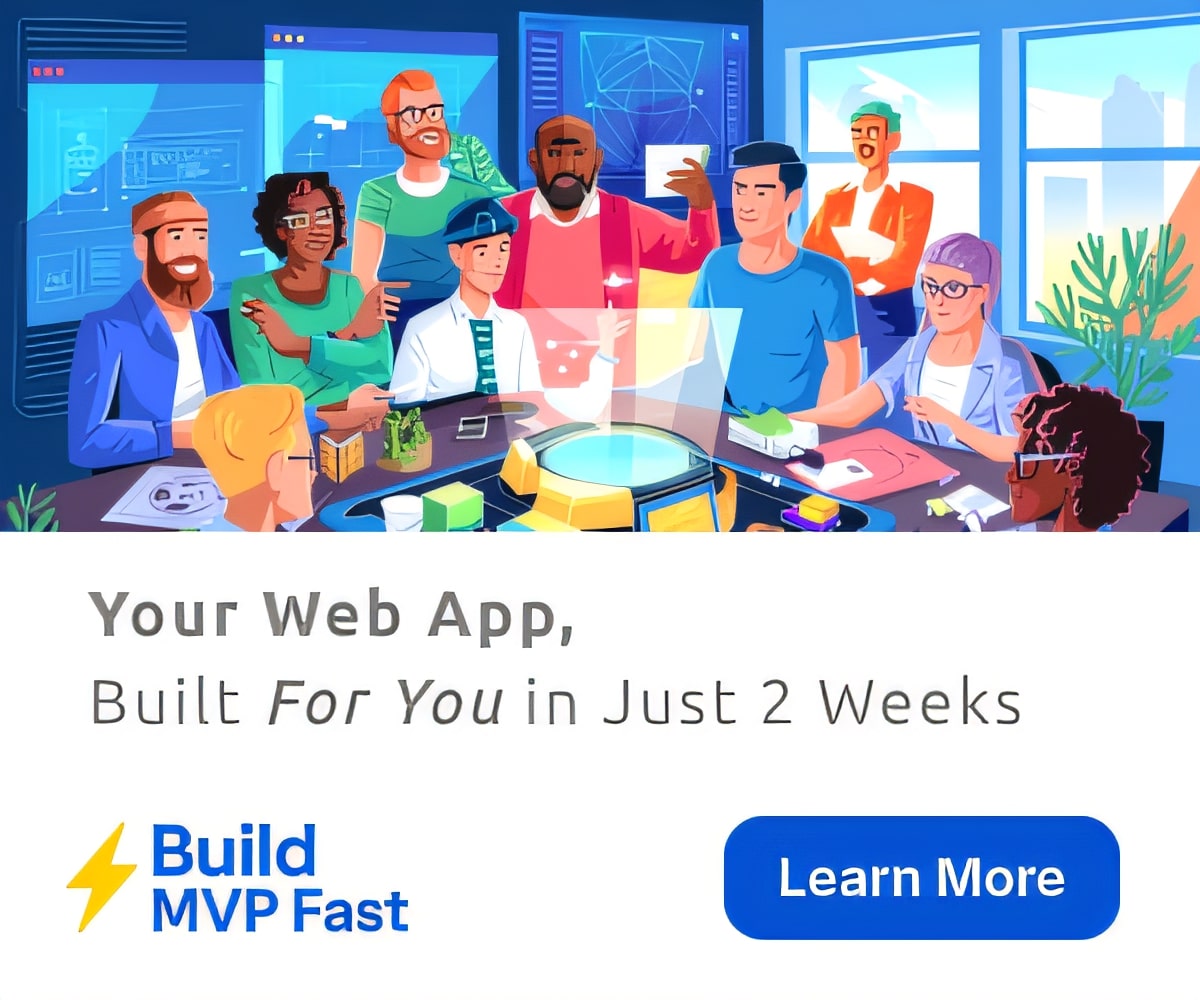The moment Charles Thomas secured $14 million in funding for his freelancing marketplace Comet, the tech world took notice. Not because of the funding itself, but because Charles built his entire platform without writing a single line of code. Today, Comet generates over $800,000 in monthly recurring revenue, serving hundreds of companies worldwide.
This isn’t an isolated success story. By 2025, 70% of new business applications will be built using no-code platforms, representing a market worth $187 billion. For entrepreneurs starting their first business, this technological shift means you can now build sophisticated applications that previously required $100,000+ and months of development time for less than $500 and in just weeks.
Understanding the no-code revolution
No-code development platforms enable anyone to create functional websites, mobile apps, and business automation tools through visual interfaces instead of traditional programming. Think of it as building with digital Lego blocks – you see what you’re creating in real-time, drag and drop components to design your application, and connect data sources without understanding databases.
The numbers tell a compelling story. Businesses using no-code platforms report 90% faster development times and 70% cost savings compared to traditional development. More importantly, 91.9% of no-code projects recover their investment within the first year, with many achieving returns exceeding 2,500%.
Popular no-code platforms and their sweet spots
Choosing the right platform determines your project’s success. After analyzing dozens of options, here are the platforms delivering real results in 2024-2025:
Bubble leads for comprehensive web applications, powering everything from marketplaces to SaaS products. At $32/month for paid plans, it offers complete visual programming with database management and AI-powered features. Dividend Finance used Bubble to process over $1 billion in loans, proving enterprise-scale capability.
Webflow dominates the professional website space at $14/month, combining design freedom with built-in content management. Unlike traditional website builders, Webflow provides pixel-perfect control while maintaining no-code simplicity. Marketing agencies particularly love its ability to export clean code.
Glide transforms spreadsheets into mobile apps for $60/month, perfect for internal business tools. Its gentle learning curve makes it ideal for first-time builders. Companies report building functional apps within days, not months.
FlutterFlow creates native mobile applications starting at $30/month, built on Google’s Flutter framework. While more complex than other options, it delivers true iOS and Android apps that feel indistinguishable from traditionally coded applications.
Zapier automates workflows between 7,000+ apps from $20/month. Businesses save an average of 40 hours monthly by automating repetitive tasks. Its visual workflow builder makes complex automation accessible to non-technical users.
For database needs, Airtable combines spreadsheet familiarity with database power at $20/user/month. Teams use it for everything from content calendars to inventory management, with built-in automation capabilities.
Your roadmap to no-code success
Building your first no-code application follows a predictable path. Start by validating your idea through customer interviews and competitor research. Many entrepreneurs skip this crucial step, leading to beautifully built solutions nobody wants.
Week 1-2: Foundation and planning
Begin with user journey mapping. Who will use your application? What problem does it solve? Document every screen and interaction before touching any platform. This planning prevents costly rebuilds later.
Select your platform based on specific needs, not features. Building an internal tool? Choose Glide. Creating a customer-facing web app? Bubble excels. Need mobile apps? FlutterFlow delivers native performance.
Connect your data sources early. Most platforms integrate with Google Sheets for simple starts, upgrading to proper databases as you scale. Set up basic screens with core functionality only – resist adding features until basics work perfectly.
Week 3-4: Building and refining
Implement primary user workflows first. If building an appointment booking system, ensure users can successfully book before adding payment processing. This focused approach maintains momentum.
Add automation gradually. Start with simple email notifications, then progress to complex multi-step workflows. Platforms like Make (formerly Integromat) offer advanced logic at $9/month when Zapier’s simplicity isn’t enough.
Design comes last. Functional but ugly beats beautiful but broken every time. Once core features work, improve visual design and user experience. Most platforms offer templates as starting points.
Launch strategy
Beta test with 10-20 users representing your target market. Their feedback reveals issues you’ll miss after staring at screens for weeks. Successful no-code entrepreneur Dani Bell transformed her freelance copywriting into a $30,000/month agency by listening to early user feedback and iterating quickly.
Launch small, then scale. HelloPrenup started with basic prenuptial agreements before expanding to 30+ states and attracting Shark Tank investment. Their Bubble-built platform now processes millions in revenue annually.
Real entrepreneurs, real results
The success stories emerging from no-code platforms destroy the myth that technical skills determine entrepreneurial success. David Fano, a former architect, raised $5 million for his career platform Teal using primarily Bubble and Webflow. His secret? “We needed to iterate quickly. This early iteration was only possible because of no-code tools.”
Karthik Sridharan built Flexiple to $3 million annual revenue while spending just $60/month on technology. His freelancer marketplace runs entirely on Bubble, proving that platform costs don’t determine business success. “Whether you’re writing code or using Bubble, both are means to an end. But if the goal is solving problems, Bubble is superior in many ways.”
Perhaps most impressive is BetterLegal’s journey. Founder Chad Sakonchick rebuilt five years of custom code in just one year using Bubble, reducing development costs from $10,000/month to $5,000/month while processing 100,000+ monthly automations through Zapier.
Common pitfalls and how to sidestep them
Success requires avoiding predictable mistakes. The biggest? Platform selection errors. Entrepreneurs choose Adalo for complex backend logic when it excels at simple interfaces, or select Bubble for native mobile apps when it only supports web applications. Match platform capabilities to project requirements.
Poor scalability planning kills growing businesses. That simple Airtable database handling 100 customers smoothly might crash at 10,000. Design for 10x current needs from day one. Successful platforms like Comet prove no-code scales to enterprise levels when properly architected.
Security oversights create devastating vulnerabilities. Storing sensitive data without encryption or ignoring GDPR requirements leads to legal nightmares. Choose platforms offering built-in security features and compliance certifications. For healthcare or financial applications, platforms like Bubble provide HIPAA-compliant infrastructure.
Vendor lock-in catches entrepreneurs unprepared. Most no-code platforms don’t allow code export, making platform switches painful. Evaluate exit strategies before committing. Platforms like FlutterFlow and Webflow offer code export, providing escape routes if needed.
The economics of no-code development
Traditional development costs shock first-time entrepreneurs. A basic web application runs $40,000-170,000 with 3-6 month timelines. Annual maintenance adds another $15,000-50,000. No-code slashes these figures dramatically.
Building the same application with no-code costs $0-5,000 initially with $2,000-12,000 annual platform fees. That’s 95% cost reduction with 75% faster deployment. Real businesses report even better results – Forms2 saved $40,000 immediately while Art Systems cut £25,000 annually from administrative costs.
The math becomes more compelling at scale. A medium-complexity customer portal traditionally costs $150,000-250,000 over three years. No-code delivers identical functionality for $15,000-35,000 – a 1,567% return on investment.
These aren’t theoretical calculations. Businesses report average annual savings of $4.5 million using no-code AI platforms, with projects yielding 2,560% ROI implemented in under three months.
When no-code isn’t the answer
Honest assessment prevents painful failures. No-code struggles with highly complex algorithms, real-time processing requirements, and specialized industry needs. Building the next high-frequency trading platform or medical imaging software? Traditional development remains necessary.
Performance-critical applications hit no-code ceilings. While platforms improve constantly, they can’t match optimized custom code for speed-sensitive uses. Similarly, unique user interfaces beyond platform capabilities require traditional development.
Consider hybrid approaches for complex projects. Use no-code for rapid prototyping and user-facing features while custom-coding performance-critical backend systems. This best-of-both-worlds strategy powers many successful startups.
Future-proofing your no-code business
The no-code landscape evolves rapidly. AI integration represents the next frontier, with 70% of platforms adding AI-powered features by 2025. Platforms already offer AI-assisted development, automatically generating workflows from natural language descriptions.
Enterprise adoption accelerates platform capabilities. As 75% of large enterprises adopt low-code tools by 2026, platforms add advanced security, compliance, and integration features previously exclusive to custom development.
The citizen developer movement fundamentally changes who builds technology. Non-IT professionals will outnumber traditional developers 4:1 by 2025. This democratization means domain experts, not programmers, increasingly build the tools they need.
Cross-platform convergence blurs traditional boundaries. Bubble adds mobile capabilities while mobile platforms expand web features. Choose platforms with clear expansion roadmaps aligned with your growth trajectory.
Your next steps
Success with no-code follows a predictable pattern. Start small with internal tools or simple customer-facing applications. Validate ideas quickly and cheaply. Scale based on real user feedback, not assumptions.
Join thriving communities like NoCodeDevs (10,000+ members) or platform-specific forums. These communities provide solutions to common problems and inspiration from fellow builders. Many successful entrepreneurs credit community support for overcoming early challenges.
Set clear success metrics before building. Track user adoption rates, task completion times, and cost savings. HelloPrenup measures success through couples served and process time reduction. Flexiple focuses on freelancer satisfaction and placement rates. Define what matters for your business.
Remember that no-code represents tools, not magic. Business fundamentals – solving real problems, understanding customers, and delivering value – determine success. No-code simply removes technical barriers previously limiting non-programmers.
Taking action today
The statistics paint a clear picture: businesses using no-code platforms launch 90% faster while saving 70% on development costs. With 91.9% of projects recovering investment within 12 months, the risk-reward calculation favors action over hesitation.
Start with free platform trials. Build a simple tool solving one specific problem. Many platforms offer generous free tiers perfect for validation. Glide provides a complete free plan, while Bubble offers extensive free development capabilities.
Document your journey. The no-code community values real experiences over polished perfection. Share failures alongside successes. Today’s experiment might become tomorrow’s million-dollar business.
The gap between idea and execution has never been smaller. While competitors debate technical stacks and funding rounds, no-code entrepreneurs ship products and acquire customers. In a world where 70% of new applications will use no-code by 2025, the question isn’t whether to embrace these tools but how quickly you’ll start building.
Charles Thomas built Comet when no-code tools were primitive compared to today’s platforms. If he could create an $800,000/month business then, imagine what’s possible now. Your technical limitations just became your competitive advantage – while others wait for developers, you can start building today.
References used:
https://www.willowtreeapps.com/insights/quantifying-opportunity-value-of-agentic-ai
https://www.mckinsey.com/featured-insights/mckinsey-explainers/what-is-an-ai-agent
https://www.gartner.com/en/newsroom/press-releases/2025-06-25-gartner-predicts-over-40-percent-of-agentic-ai-projects-will-be-canceled-by-end-of-2027
https://www.cnbc.com/2023/09/18/morgan-stanley-chatgpt-financial-advisors.html



 AI SEO: Leveraging Artificial Intelligence for Search Rankings
AI SEO: Leveraging Artificial Intelligence for Search Rankings





